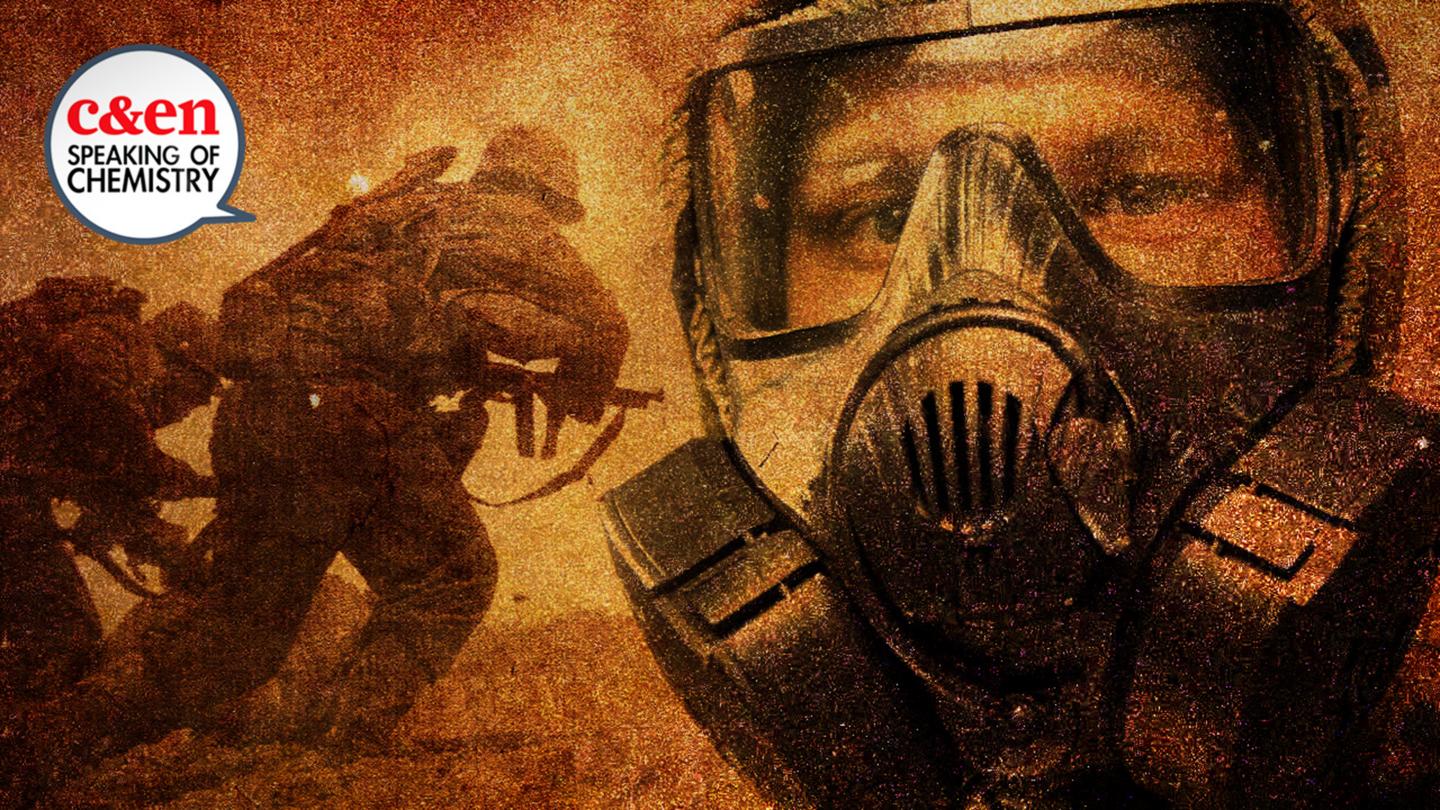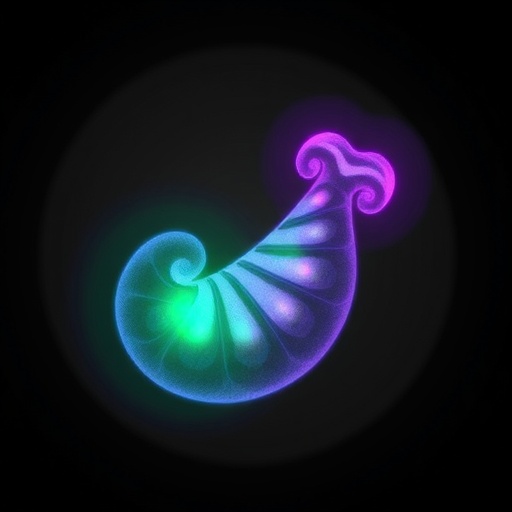
Credit: The American Chemical Society
WASHINGTON, June 1, 2017 — Nerve agents are arguably the most brutal chemical weapons. These infamous compounds, which include sarin gas and VX, originated in Nazi Germany when a chemist was trying to develop a more effective insecticide. Marrying the element phosphorus with cyanide derivatives resulted in a poison so deadly it was named "Tabun," derived from the German word for "taboo." Learn more about the history of nerve agents in the latest Speaking of Chemistry: LINK TC
Speaking of Chemistry is a production of Chemical & Engineering News, a weekly newsmagazine of the American Chemical Society. It's the series that keeps you up to date with the important and fascinating chemistry shaping the world around you. Subscribe to the series at http://bit.ly/ACSReactions, and follow us on Twitter @CENMag.
Subscribe to the series at http://bit.ly/ACSReactions, and follow us on Twitter @ACSreactions to be the first to see our latest videos.
###
The American Chemical Society, the world's largest scientific society, is a not-for-profit organization chartered by the U.S. Congress. ACS is a global leader in providing access to chemistry-related information and research through its multiple databases, peer-reviewed journals and scientific conferences. ACS does not conduct research, but publishes and publicizes peer-reviewed scientific studies. Its main offices are in Washington, D.C., and Columbus, Ohio.
To automatically receive press releases from the American Chemical Society, contact [email protected].
Follow us: Twitter Facebook
Media Contact
Katie Cottingham
[email protected]
301-775-8455
@ACSpressroom
http://www.acs.org
############
Story Source: Materials provided by Scienmag





